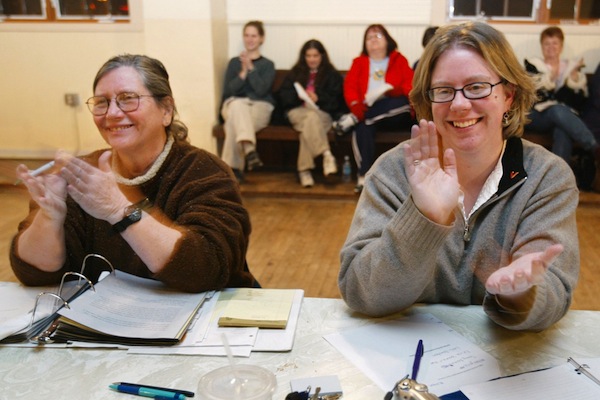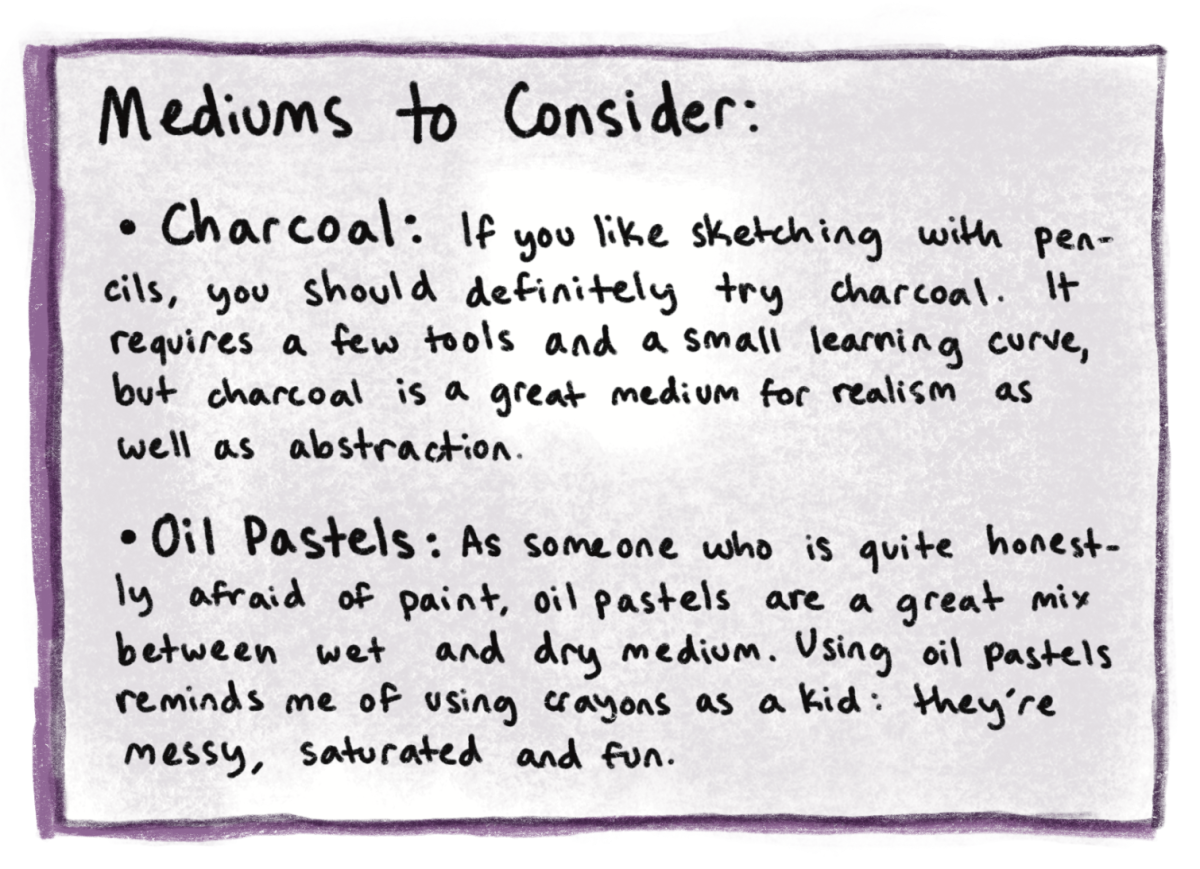Oct. 16 was a typical Sunday until a peaceful demonstration near the Colosseum turned into a riot. Groups of brutal youths destroyed shop windows, set fire to cars, and fought with police. It turned a peaceful march against the Italian people’s economic woes to the worst riot Italy has seen since the 2001 Group of 8 summit in Genoa. These demonstrations came directly after Prime Minister Silvio Berlusconi won a confidence vote in Parliament.
To many Italian citizens, the image of Rome in flames revealed the government’s shortcomings. This protest was one of the 900 planned around the world to bring attention to economic inequality. Giuseppe Tommasini, an advertising art director, told the New York Times, before the march became violent, that he was there because the government does not represent him anymore, and most people’s salaries are not enough to live on.
Most Italians and demonstrators condemned the violence brought on by the youth. Citizens saw the violence has a distraction from the original intent: protesting economic policies in Italy and around the world. Nonetheless, the Italian government failed to stop the violence and would not even tell politicians, much less citizens, what had happened and why only 12 were arrested.
Some Italians saw the demonstrations as a reminder of the unrest of the country; similar to the 1970s and the 1980s where there was intense political violence on both political sides. Architect Laura Carrello told the New York Times that she felt depressed that there is so much rage, and how today’s youth have no future plans, so they destroy property that other citizens pay for, not the banks. #
To many Italian citizens, the image of Rome in flames revealed the government’s shortcomings. This protest was one of the 900 planned around the world to bring attention to economic inequality. Giuseppe Tommasini, an advertising art director, told the New York Times, before the march became violent, that he was there because the government does not represent him anymore, and most people’s salaries are not enough to live on.
Most Italians and demonstrators condemned the violence brought on by the youth. Citizens saw the violence has a distraction from the original intent: protesting economic policies in Italy and around the world. Nonetheless, the Italian government failed to stop the violence and would not even tell politicians, much less citizens, what had happened and why only 12 were arrested.
Some Italians saw the demonstrations as a reminder of the unrest of the country; similar to the 1970s and the 1980s where there was intense political violence on both political sides. Architect Laura Carrello told the New York Times that she felt depressed that there is so much rage, and how today’s youth have no future plans, so they destroy property that other citizens pay for, not the banks. #










